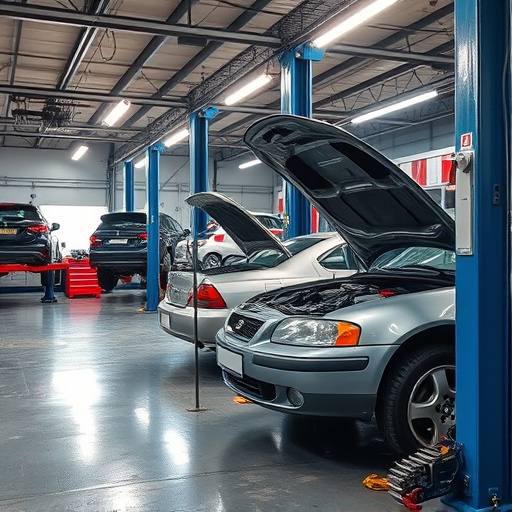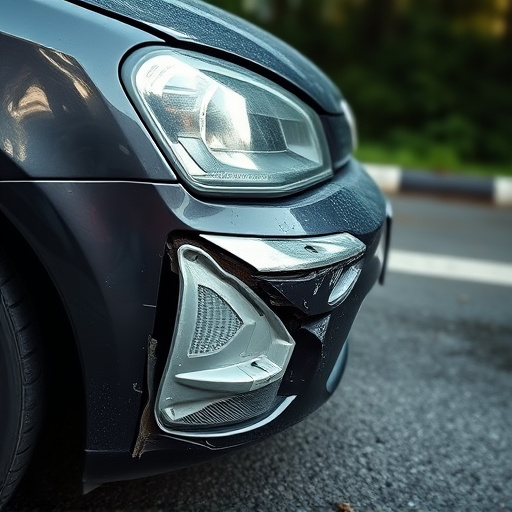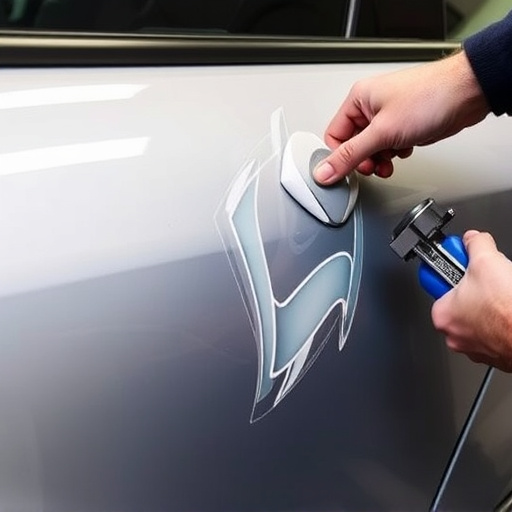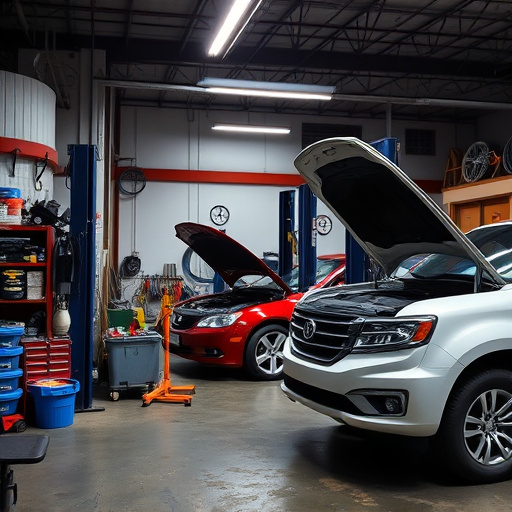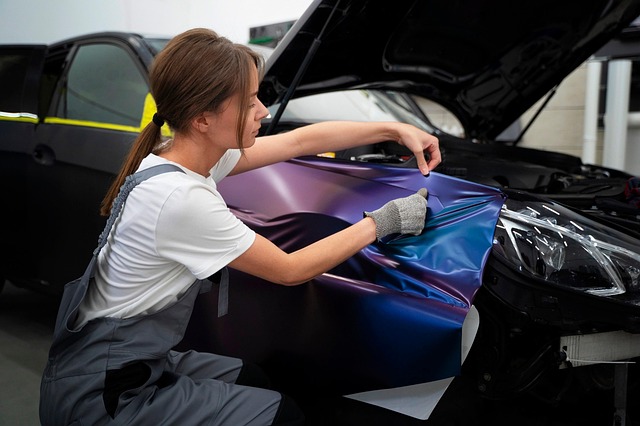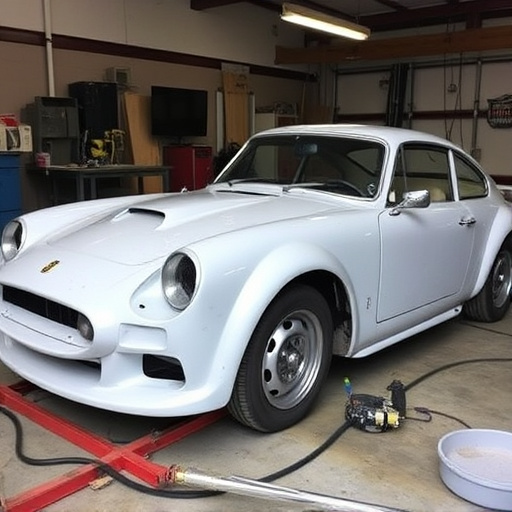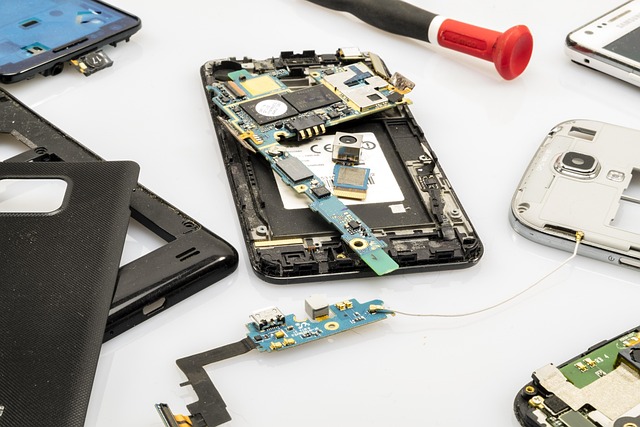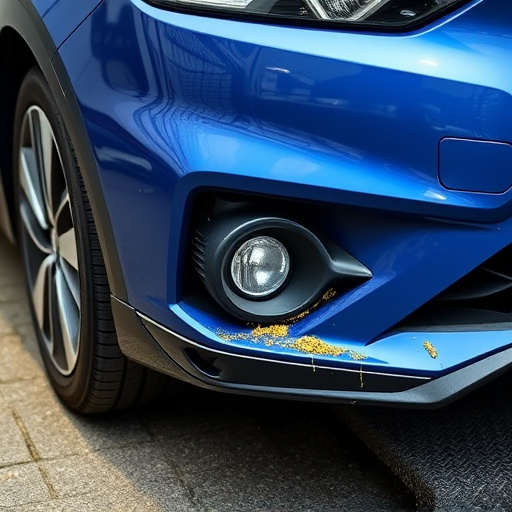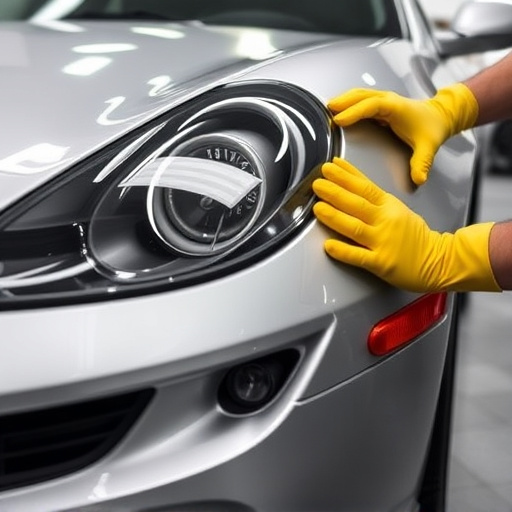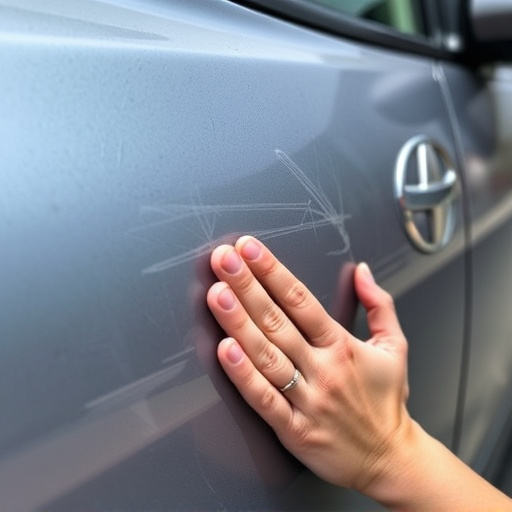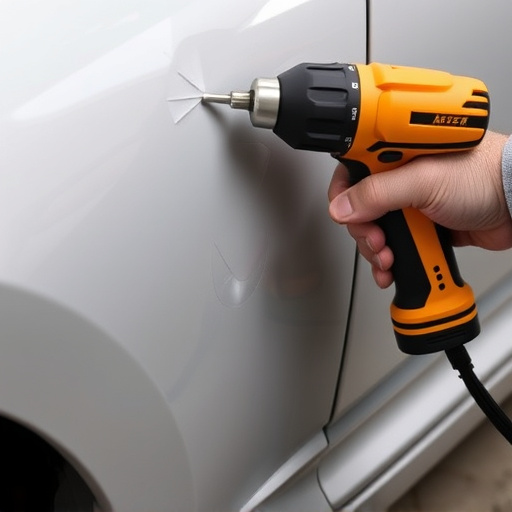Bumper dent removal is a specialized auto service, repairing dents and dings on bumpers. Techniques range from simple hand tools for minor issues to advanced equipment for complex cases. Key methods include paintless dent repair (PDR), preserving factory finishes, and traditional collision repair. Professional technicians assess each bumper dent, tailoring their approach based on severity, material type, and structural integrity, ensuring safe and aesthetically pleasing results.
Before scheduling bumper dent removal services, there’s crucial information to know. This guide breaks down everything you need to understand about bumper dent removal—from the different types and repair processes to choosing the right service provider and preparing your vehicle. By covering these aspects thoroughly, you’ll ensure a seamless experience, saving time and money while restoring your vehicle’s aesthetics. Learn from common mistakes and ask the right questions to find professional, reliable bumper dent removal services.
- Understanding Bumper Dent Removal: Process and Types
- – What is bumper dent removal?
- – Different types of bumper dents and their severity levels
Understanding Bumper Dent Removal: Process and Types

Bumper dent removal is a specialized service that repairs dents and dings on vehicle bumpers, restoring their original appearance. The process involves several techniques, with each method tailored to different levels of damage. Typically, a professional will assess the bumper to determine the best course of action, which can range from simple hand tools for minor dents to more advanced equipment for deeper or complex damage.
Common types include paintless dent repair (PDR), where technicians use special tools to gently push the metal back into place without affecting the surrounding paintwork, and traditional car collision repair methods that may involve sanding, painting, and body shop services. PDR is often preferred due to its non-invasive nature and ability to preserve original factory finishes.
– What is bumper dent removal?

Bumper dent removal is a specialized service within the broader field of auto body repair, focusing on addressing and rectifying dents or dings on vehicle bumpers. These minor yet often unsightly damages can significantly impact a car’s aesthetics, reducing its overall appeal and potentially affecting resale value. The process involves skilled technicians using various tools and techniques to carefully extract or smooth over the dented area, effectively restoring the bumper to its original shape and condition.
While some smaller dents might be addressed by DIY methods or less intensive auto dent repair techniques, more complex cases—especially those involving deeper or more intricate damage—require the expertise of professionals in auto collision repair. These specialists have access to advanced equipment and employ precise techniques like PDR (Paintless Dent Repair) or more traditional methods to ensure minimal disruption to the vehicle’s paint job and overall bodywork.
– Different types of bumper dents and their severity levels
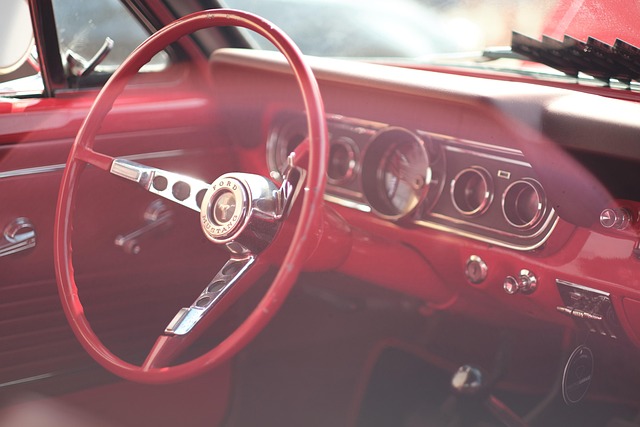
Bumper dents come in various types and severity levels. From minor nicks and scratches to deep cracks and complete bent out sections, each requires a specific approach for effective bumper dent removal. Minor dents might only need a simple adjustment or filling, while more severe damages may involve complex auto body work, including metal shaping and painting.
Understanding the extent of the damage is crucial before scheduling bumper dent removal services. Professional technicians assess each case individually, considering factors like the type of material (plastic, metal), the depth of the dent, and its overall impact on the vehicle’s structural integrity. This meticulous evaluation ensures that the chosen collision repair methods align with both safety standards and aesthetic restoration goals, ultimately delivering satisfactory auto body work results.
Before scheduling bumper dent removal services, understanding the process and various types of bumper dents is crucial. Depending on the severity and location of the damage, different techniques like paintless dent repair or more invasive methods may be required. By familiarizing yourself with these aspects, you can make an informed decision, ensuring your vehicle receives the best care for its specific needs. Remember, proper removal techniques not only restore your car’s aesthetic appeal but also maintain its resale value.
